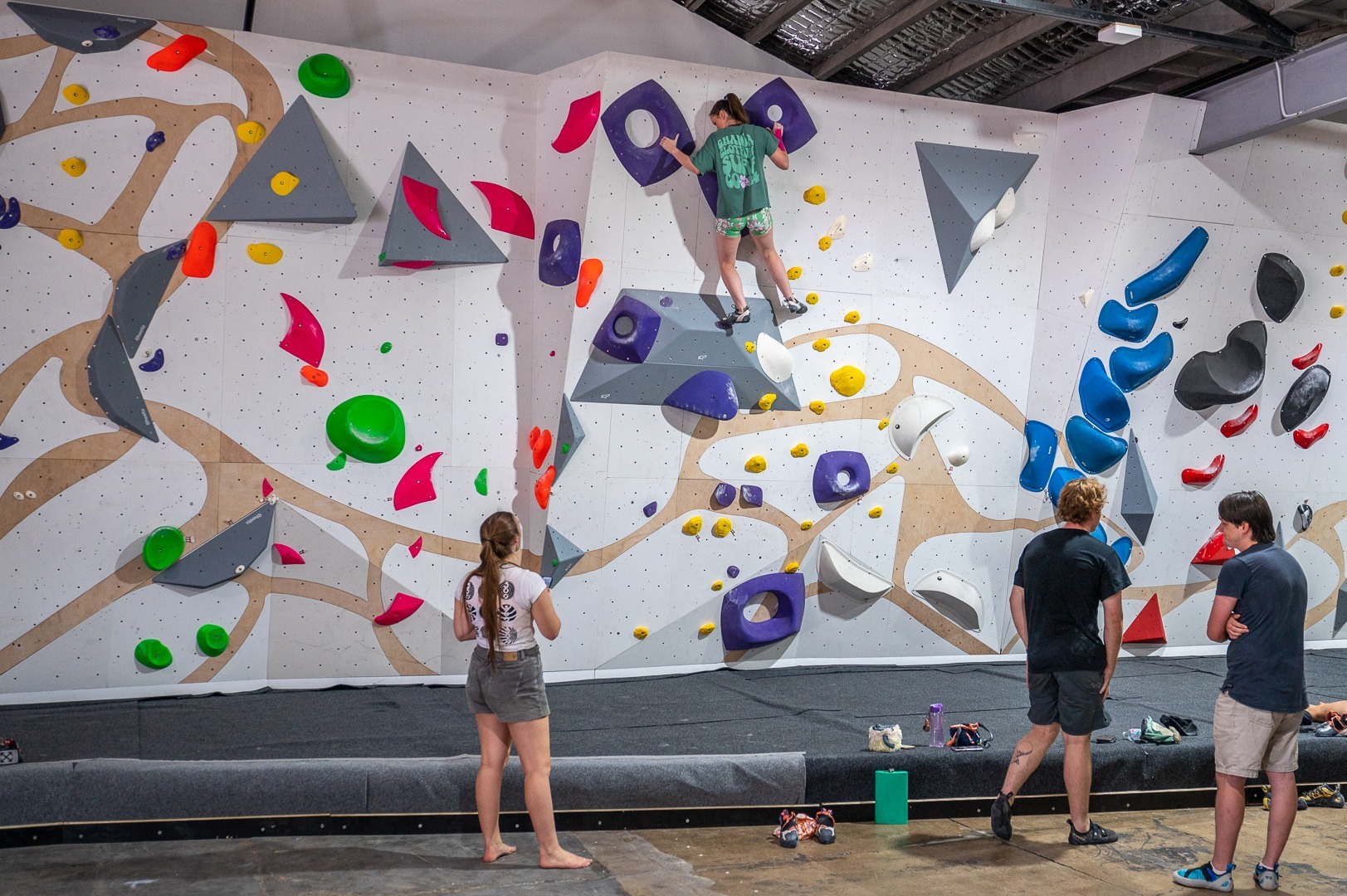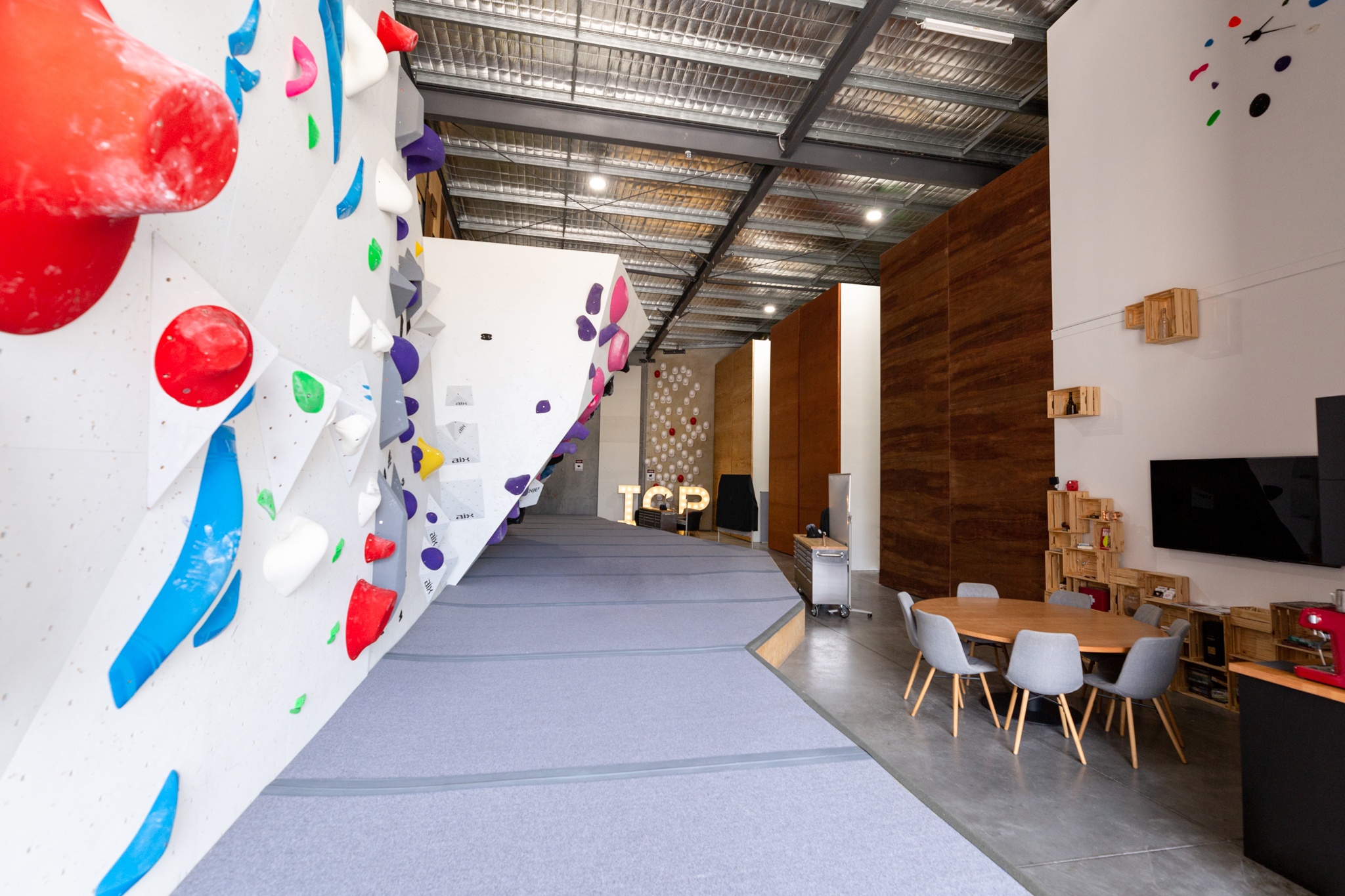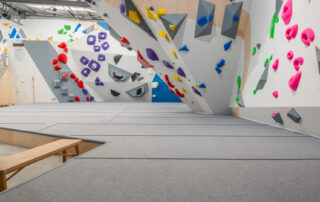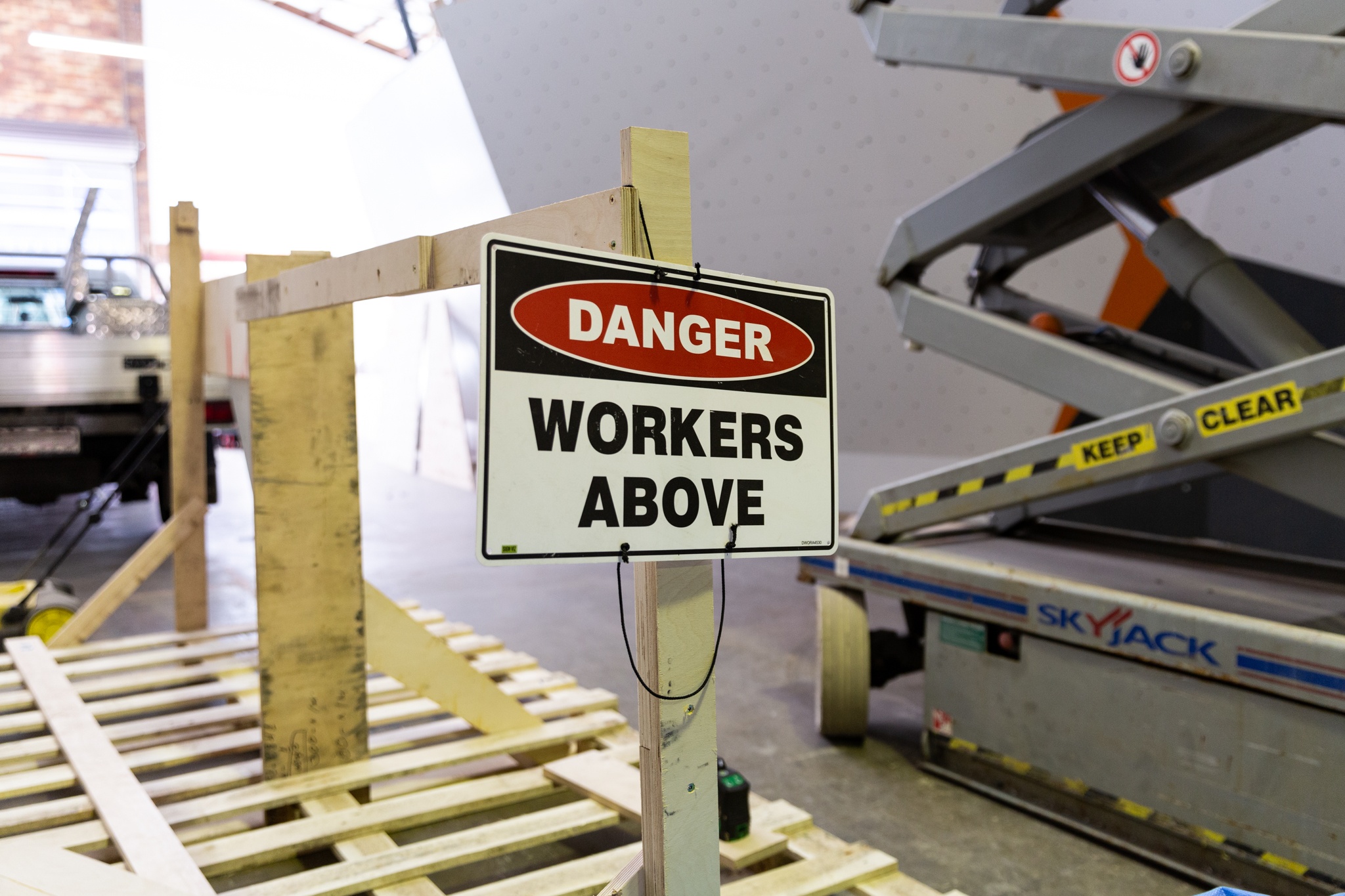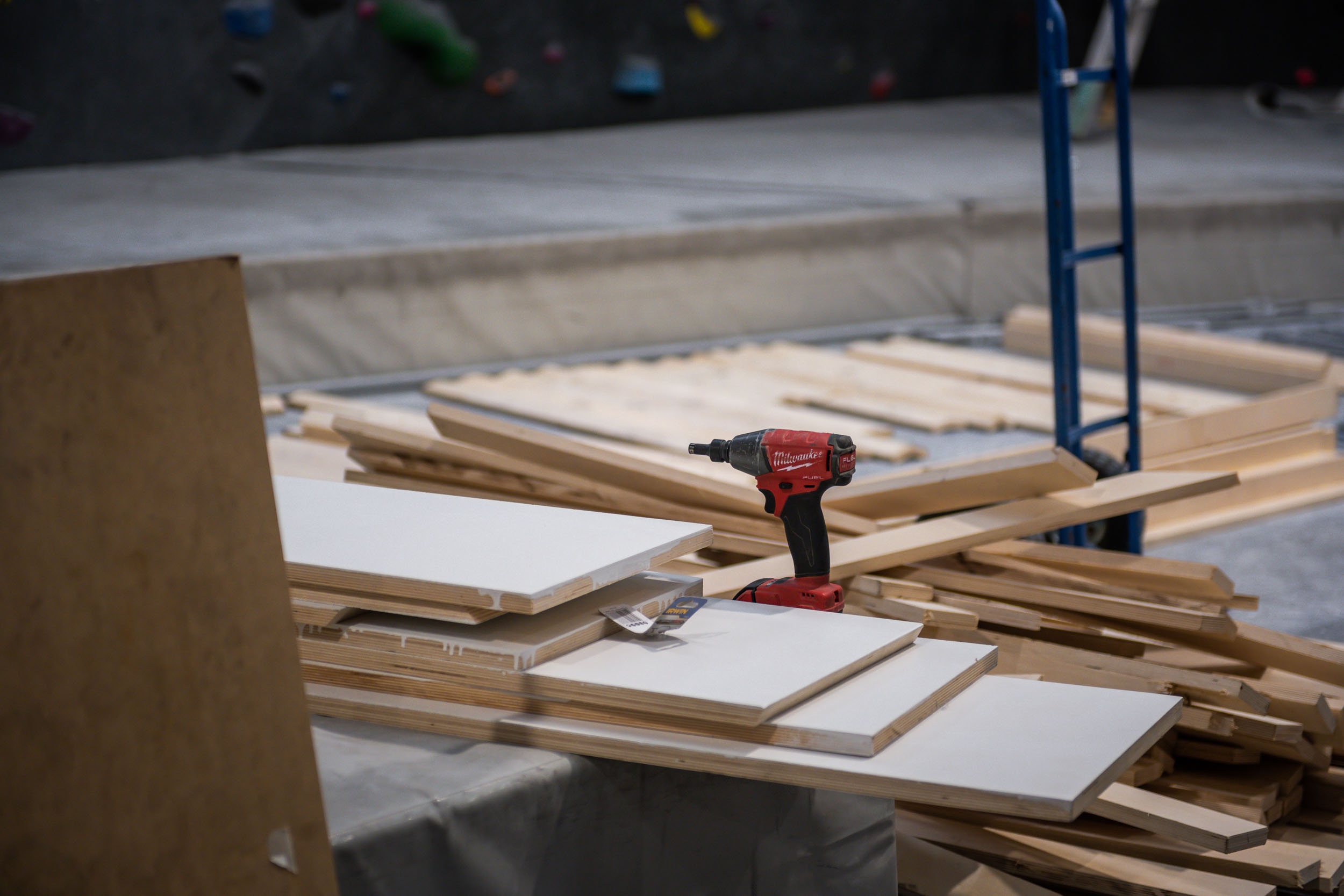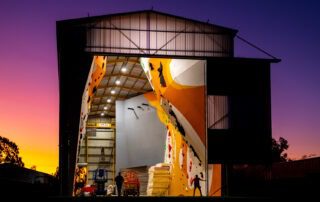Running a successful climbing gym involves more than just providing a space for climbers—it’s about creating an environment that prioritises safety and fosters an enjoyable experience. As a climbing gym business owner or staff member, ensuring the well-being of both climbers and the facility is crucial. In this article, we’ll explore three key factors: route setting, matting, and education/experience. Each can significantly contribute to minimising the risk of injuries in your climbing gym, enhancing the overall safety and reputation of your establishment.
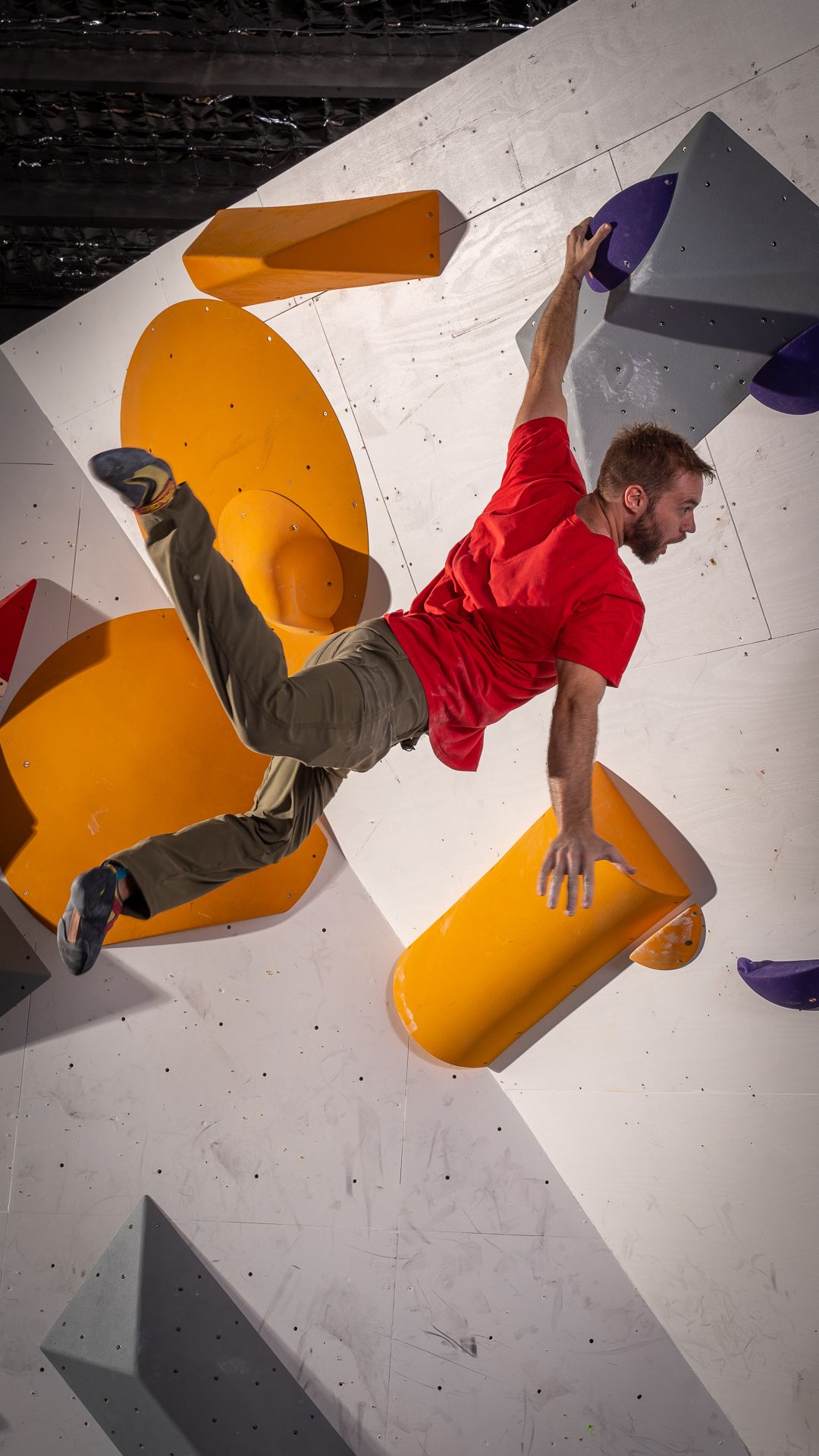
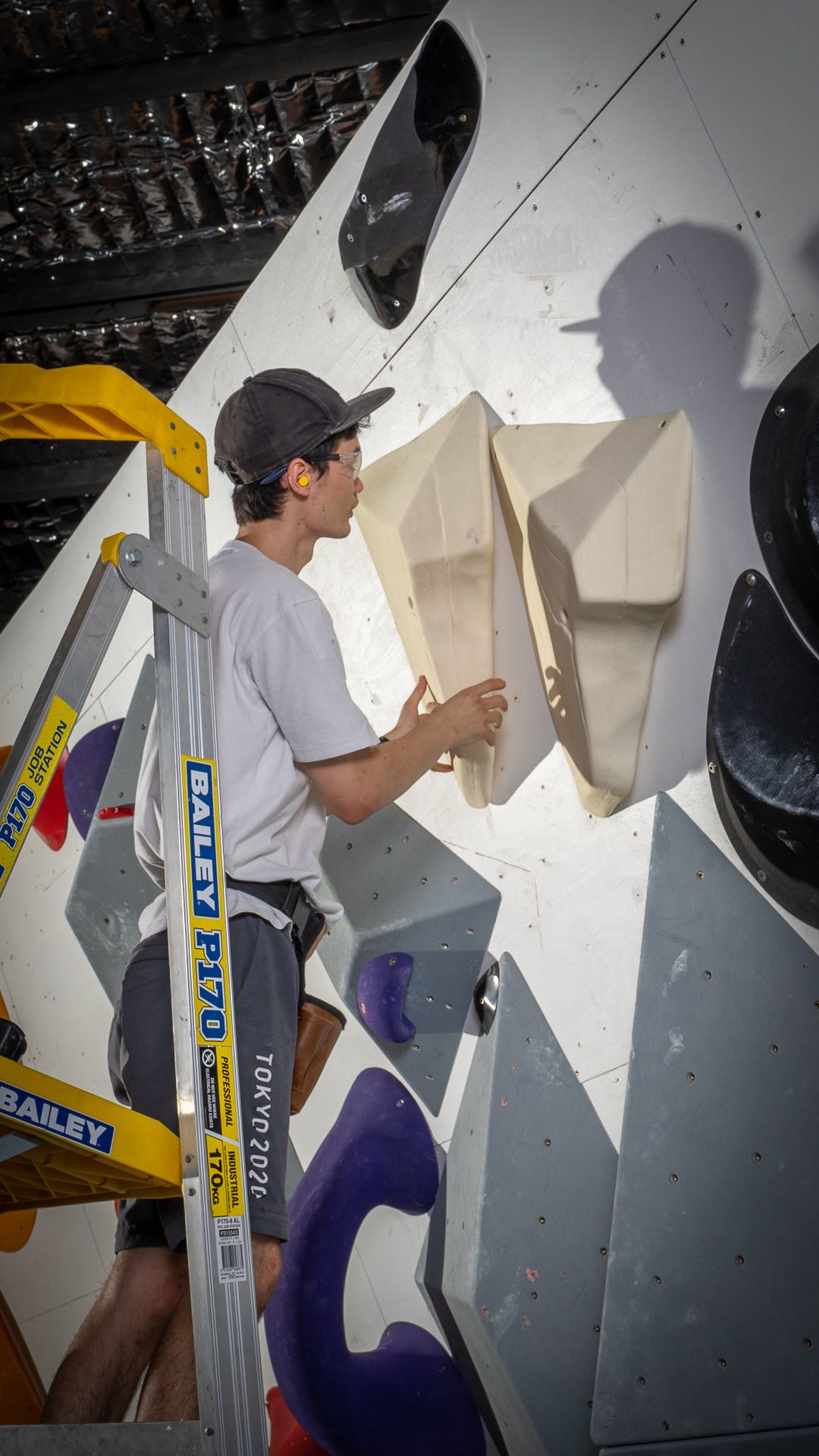
Route Setting to Prevent Injury:
- Strategic Route Setting: When setting boulder problems, avoid setting the crux or most difficult move at the top of your boulder wall. Alternatively, when setting lead climbing routes, mitigating risky moves before the height of the second clip or draw can also reduce the risk of ground falls. Consider the type of moves and the general climbing ability of climbers who will attempt that specific problem.
- Hold Choice Matters: Ensure appropriate holds for respective grades are used. Avoid advanced holds like monos or dual-texture foot holds for beginner climbs.
- Testing and Fall Evaluation: For both rope and boulder route setting, it is imperative to appropriately test the fall zones of your routes. Make sure that climbers will not fall onto ledges or volumes, especially on rope or slab climbing. Additionally, when setting a dynamic or coordination boulder, ensure that climbers will not fall off the mats or into other problems.
- Down Climbers: Adding more down climbing jugs is an easy way to make your climbing wall a safer experience for climbers of all levels.
- Hold Attachment Checks: Inspect that holds and volumes are correctly attached to the wall as per manufacturer recommendations before testing, and again at the end of the set.

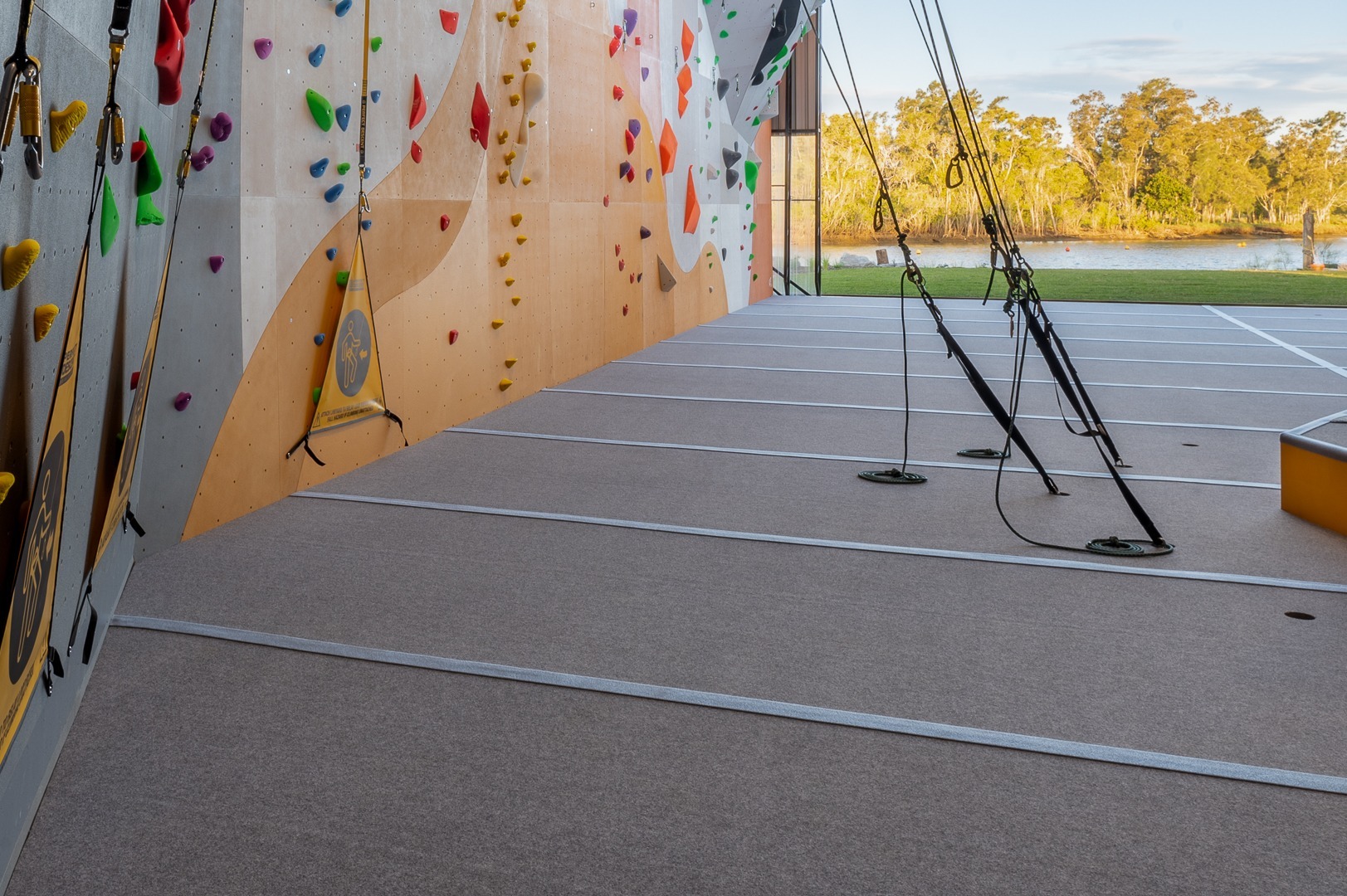
Safety Mats:
- Compliance with Safety Standards: When installing new safety mats in your climbing facility, ensure that the lead & boulder mats comply with country-specific safety standards. This is vital in providing a safety and enjoyable climbing experience to your customers.
- Mat Maintenance and testing: Regularly clean, test and service/repair your safety mats to extend their integrity. Excessive dusk and chalk build up in climbing mats can degrade the structure of your climbing mats over time. It is recommended that safety mats are cleaned daily to prolong the durability of your climbing mats.
- Proper Securing: When inspecting your mats, ensure that there are no gaps between mats and walls, to prevent climber entrapment and injury. Ensure mats are securely fixed in place and don’t present trip hazards for all gym goers.
- Board Usage for Setting: Ensure that your climbing gym’s route setters are utilising wooden boards under ladders when setting on boulder mats, to enhance stability and extend the durability of your safety Mats.
For more information regarding Boulder and Rope climbing Safety Mats click here. ICP mats comply with all international safety regulations and ensure the highest safety standards mitigating climber entrapment, trip hazards and climber injury.

Education & Experience:
- Staff Training: Adequately and regularly train and remind staff about spotting hazards and keep them updated on first aid protocols.
- Maintain Risk Assessments: Ensure that ongoing risk assessments are completed by gym management and head route setters.
- Continuous Safety Reminders: Establish processes to regularly remind members about gym and climbing safety, fostering a safety-conscious culture. This can be done through staff communication, monthly emails or notice boards.
- Educational Classes: Offer classes such as stretching, warm-ups, and falling techniques to enhance members’ knowledge and skills.
- Experienced Staff: Employ experienced climbers who can provide appropriate monitoring and advice to members, contributing to a safer climbing environment.
As a climbing gym business owner or staff member, prioritizing safety is not only a moral imperative that will help you sleep at night but also a strategic investment in the success of your business. By strategically addressing route setting, boulder & rope matting, and education/experience, you’re not just reducing the risk of injuries but also building a reputation for safety and quality. Regular assessments, staff training, and member education create a culture of safety that not only safeguards climbers but also attracts and retains customers. Remember, a safe climbing environment isn’t just good for climbers—it’s good for your business.
